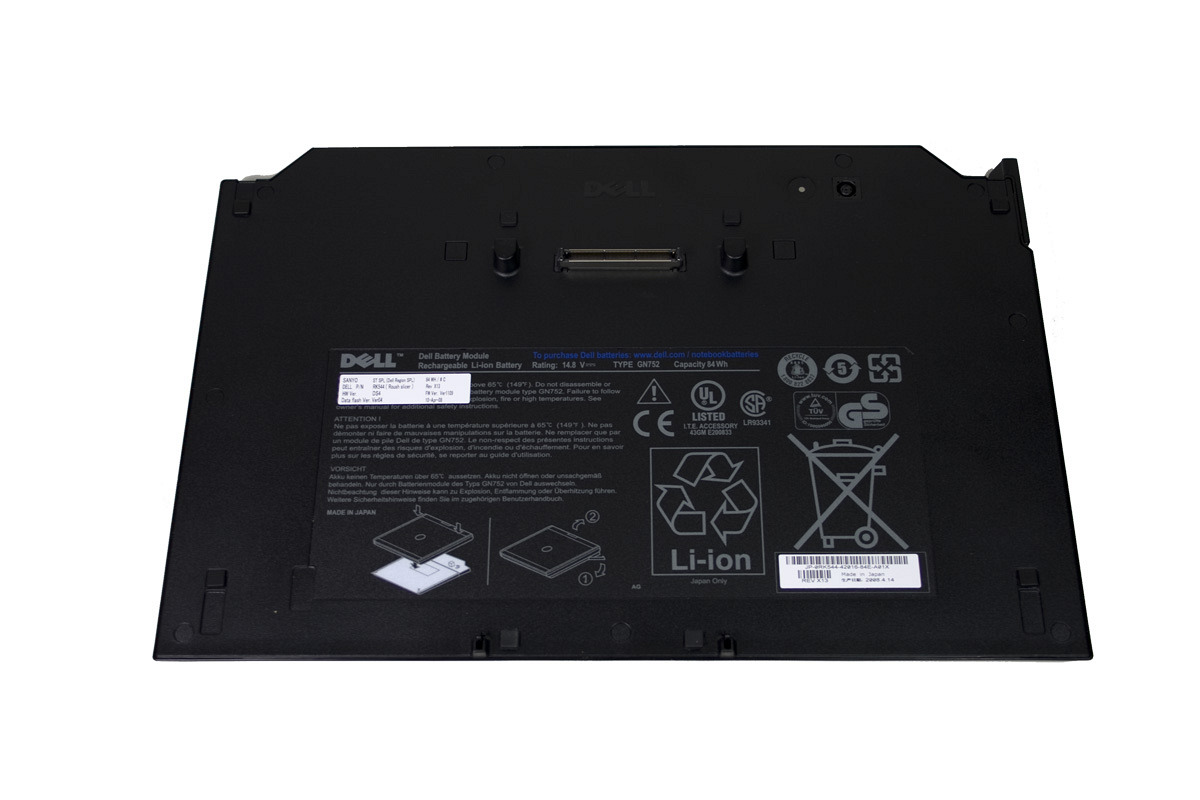APC’s Universal Notebook Battery Booster
Boost Your Notebook Battery Run Time
With every product generation, the notebook industry promises increased battery run times, but the advances are in fact small, and run times still mainly depend on the power provided by the notebook battery. More efficient processors and platforms, drives and LED-backlit displays certainly help a lot. Real leaps, however—say to 10+ hours of battery life—just aren’t within reach.
APC offers an alternative that lets you increase your battery runtime by several hours, but it requires you to pack an additional 750 g (1.65 lbs) into your travel bag...
Power Drains…
Each part inside a notebook requires a certain amount of electric power. The electrical draw of the system isn’t constant; it varies depending on the state of the each component. Displays are the largest power-eaters, as they have to operate transistors and their backlight—larger and higher resolution displays typically require more power than smaller ones. But there is also quite a power requirement range among notebook system components.
Modern notebook processors may require little power when there is nothing to do, but they can go up to 35 watts of power consumption at full load, depending on the processor model and power classification. Notebook platforms using graphics units built into the chipset are the most efficient, while notebooks utilizing a discrete mobile GeForce or Mobility Radeon always consume at least a bit more power than integrated solutions. In terms of storage, flash SSD drives have the potential to deliver impressive throughput and quick access times with very little power consumption. Most devices require considerably less power when they are idle, so it makes sense to operate your notebook as close to idle as possible, to maximize battery run time.
…and Power Sources
While there are alternative energy sources on the horizon, such as silver-zinc batteries (see ZPower), none of them are ready to be deployed into the mainstream right now, where huge quantities of batteries are required. Notebooks typically utilize lithium-ion or lithium-polymer batteries, which are organized into so-called “cells” (typical capacities are three, six, or sometimes nine cells). While the power level of a battery depends on the specific model, a 6-cell battery will generally give you twice the battery run time of a 3-cell model. Battery capacities are rated in Watt-hours (Wh).
Get Tom's Hardware's best news and in-depth reviews, straight to your inbox.
The 9-cell batteries obviously provide the most juice, but they are often too large to be accommodated within the standard rectangular notebook footprint, and hence stick out a bit from the back. To expand capacity without this physical size expansion, some notebook vendors offer additional modular batteries that can be inserted instead of a machine’s optical drive; these are especially common on portable business notebooks (13-15”).
Another option is to attach additional, external battery packs, which are available from some of the notebook makers for specific models. And APC allows you to do the same with the product we reviewed: the Universal Notebook Battery.
[Update:]
As we found out, APC has discontinued all of its mobile products, hence you may be able to get a deal on these products, but without any serious warranty backup.
Check prices for APC's Universal Notebook Battery 70
Current page: Boost Your Notebook Battery Run Time
Next Page APC’s Universal Notebook Battery

